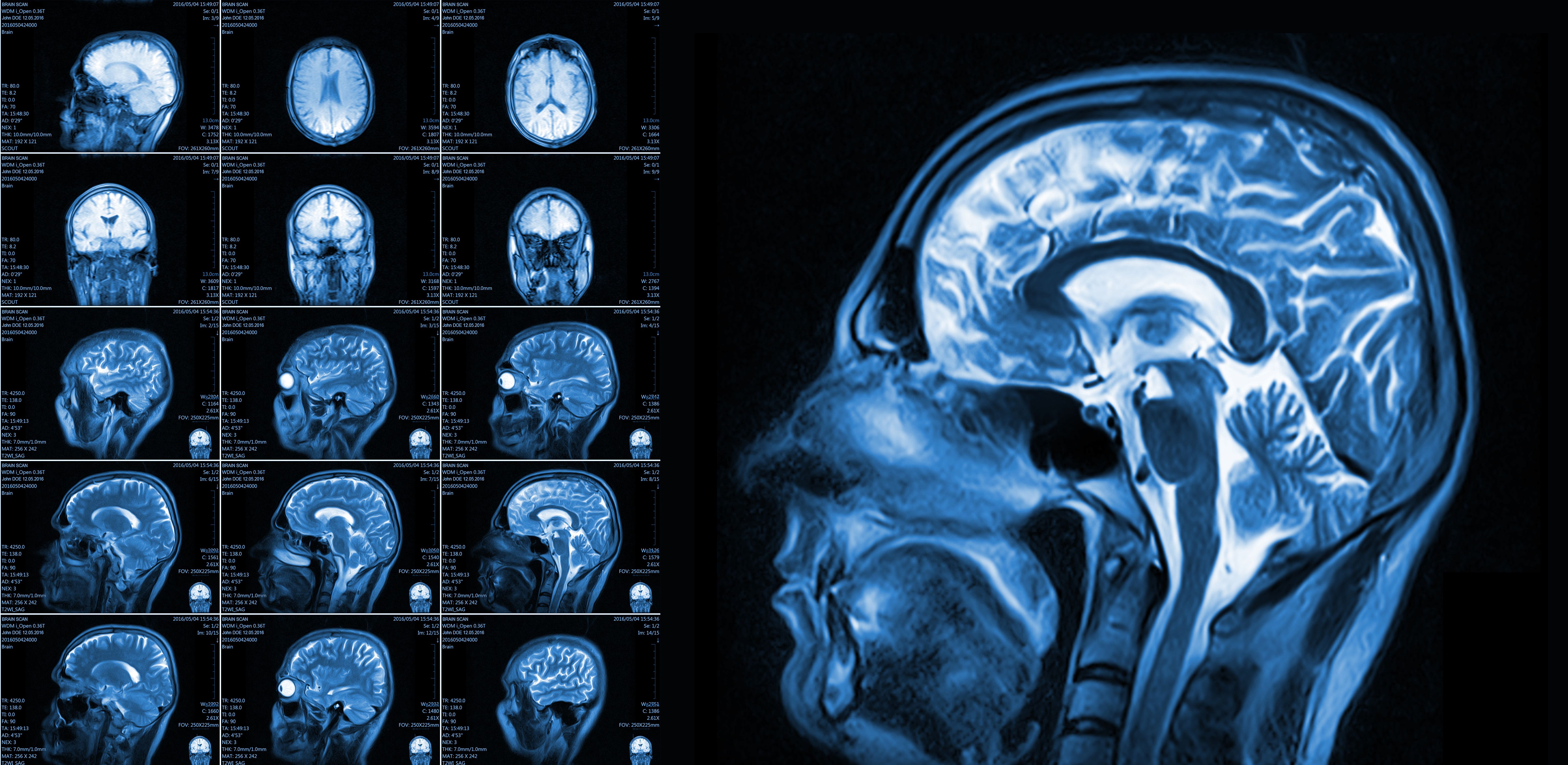Cortical Lesions and Central Vein Sign May Serve as Biomarkers in Diagnosing Multiple Sclerosis
Study shows that MRI imaging can identify cortical lesions and the central vein sign that are informative in diagnosing multiple sclerosis.
© Maxim P stock.adobe.com

Challenges to diagnosing multiple sclerosis (MS) include differentiating MS from various other neurological conditions that mimic its signs and symptoms. The 2017 McDonald criteria for diagnosing MS were revised to increase testing sensitivity and reduce any lag in the time to make a diagnosis, allowing patients to begin MS treatment as soon as possible.
However, misdiagnosis continues to be an issue with the new criteria. There is also a chance that patients with atypical presentation of the disease may go undiagnosed.
Cortical lesions and the central vein sign are two biomarkers discernible with MRI imaging that may aid in MS diagnosis and differentiating from other neurological conditions. Cortical lesions are prevalent in patients with MS but are typically less commonly associated with other MS-mimicking conditions.
The central vein sign is also common in individuals with MS and less prevalent in other neurological disorders. It presents as a vein in the center of a white matter lesion. Neither of these markers is recommended for routine use under the 2017 McDonald MS diagnosis criteria.
In a study published this week in JAMA Neurology, the MAGNIMS Study Group, led by Alessandro Cagol, M.D., from the Department of Neurology at the University Hospital Basel in Switzerland sought to determine the value of cortical lesions, the central vein sign, and their combination as biomarkers in differentiating MS from other MS-mimicking conditions.
Cagol and colleagues conducted a retrospective, cross-sectional study from January 2010 through May 2020 of 1,051 participants from 14 European centers. Eligible participants were adults with white matter lesions, a diagnosis of clinically isolated syndrome (CIS), MS, or any of the following non-MS conditions: myelin oligodendrocyte glycoprotein antibody-associated disease, aquaporin-4 (AQP4) IgG antibody-positive neuromyelitis optica spectrum disorder, inflammatory blood vessel disorders, cerebrovascular disease, Fabry disease, migraine, and nonspecific white matter lesions in healthy control individuals.
Cortical lesions were found in 60% of participants with MS and 49% of those with CIS. In comparison, individuals with non-MS conditions had an occurrence of cortical lesions of less than 25%. For example, lesions were found in 24% of patients with inflammatory blood vessel disorders, 14% of those with cerebrovascular disease, 5% of those with AQP4-positive neuromyelitis optica spectrum disorder, 1% of people with migraine, and 3% of healthy control individuals.
When evaluating the central vein sign, the researchers found that 62% of the lesions in MS patients and 68% of those in patients with CIS had the central vein sign. The percentage of lesions with the central vein sign in participants with non-MS conditions ranged from 0% in healthy control individuals to 33% in those with myelin oligodendrocyte glycoprotein antibody-associated disease.
When analyzed alone, both cortical lesions and the central vein sign successfully distinguished between MS or CIS and other MS-mimicking conditions. However, when combined, their diagnostic impact was significantly higher.
Cagol and colleagues concluded that using cortical lesions and the central vein sign as biomarkers may help increase the accuracy of current standards in MS diagnosis to differentiate MS from non-MS conditions and reduce the risk of misdiagnosis.
Vaccination Not a Risk Factor for Pediatric-Onset MS, Study Finds
December 16th 2024Previous studies have found no association between vaccination and MS in adults. To evaluate the association between vaccinations and pediatric-onset MS, researchers conducted a retrospective case-control study using data from the Bavarian Association of Statutory Health Insurance Physicians database.
Read More
The Takeaway From Study of Midlife MS Patients: Don't Stop Disease-Modifying Therapy
Published: November 11th 2024 | Updated: November 11th 2024People with multiple sclerosis (MS) often stop taking disease-modifying therapy as they transition from relapsing-remitting MS to secondary progressive MS. This study shows that people who stop stop disease-modifying therapy have higher hospitalization rates and more visits to the emergency room.
Read More